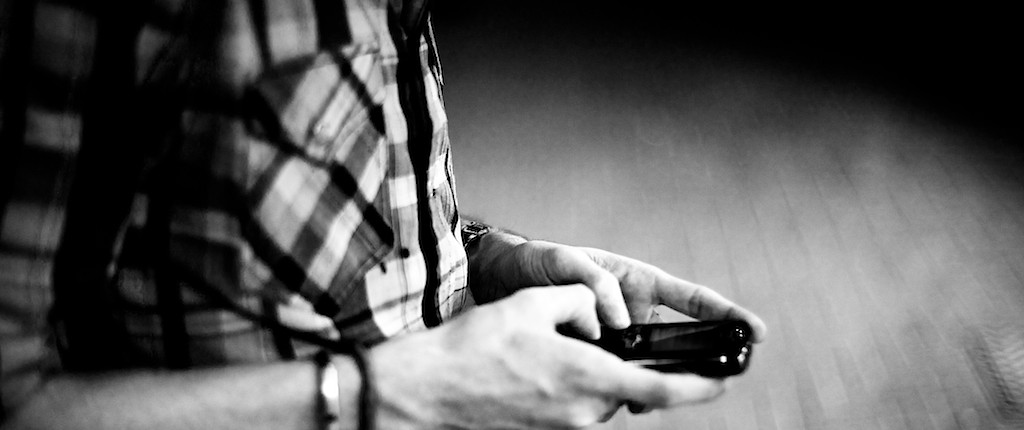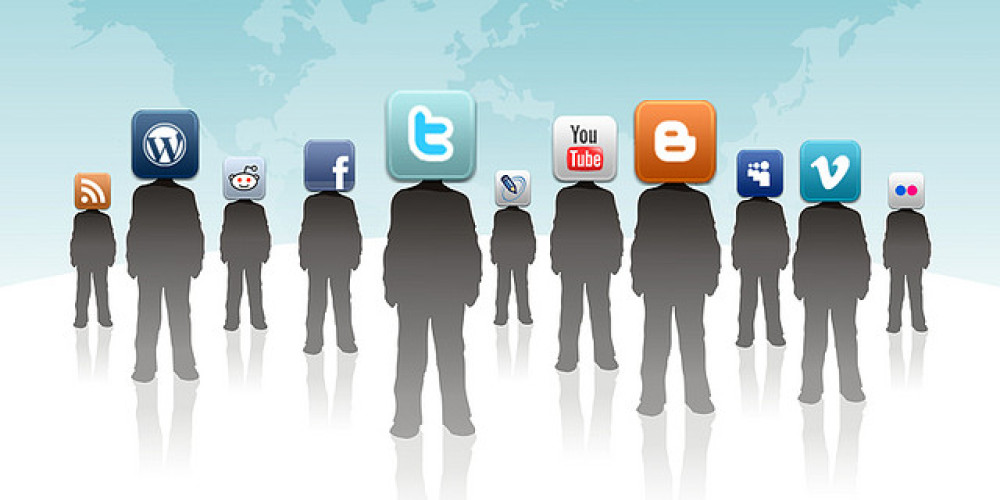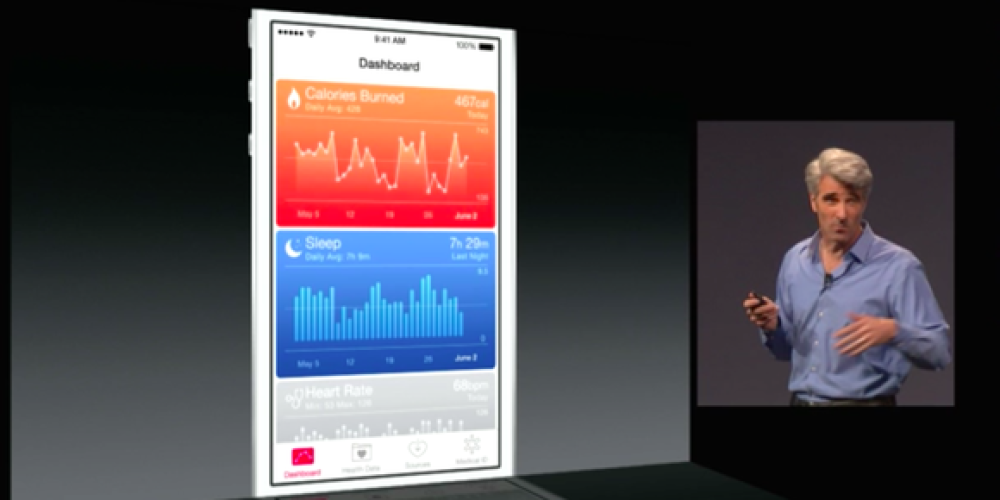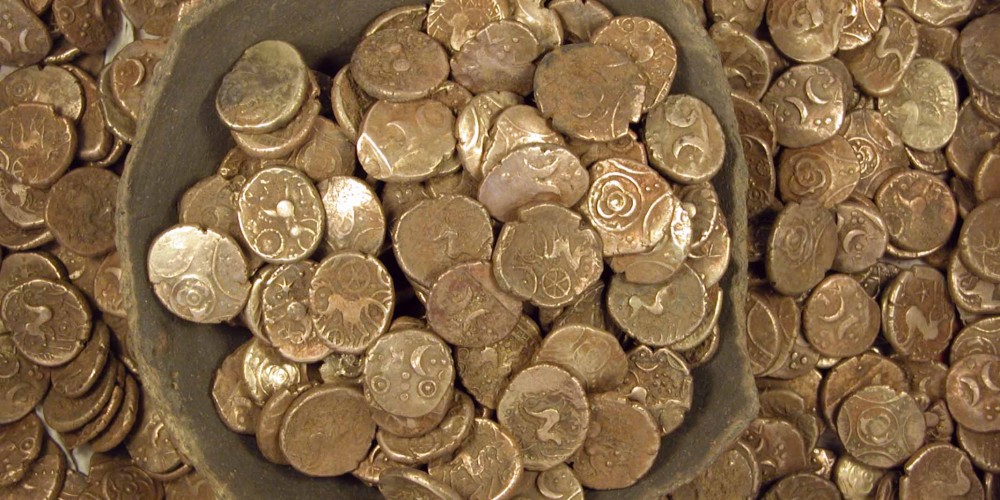Imagine… Millions of Users “Hooked” on your mHealth app…
When people are lonely, what do they do?
They check out who “Liked” their photo or update on Facebook.
Feeling unappreciated and down in the dumps?
Open up Twitter to see who Re-Tweeted or Favorited their Tweets.
Bored?
Mindlessly scroll beautiful, inspiring photos on Pinterest.
What makes Facebook, Twitter, and Pinterest so addictive?
Each of them create deep-seated associations in the minds of users to basic human psychological needs and desires. We ALL want to feel significant, important, recognized, and connected to other people. It’s fused into our DNA.
Is it possible to do the same thing with your mHealth app?
Is it possible to change mHealth app users’ habits?
How does your mHealth app trigger a basic psychological need or desire, prompt immediate , unconscious action, offer psychological rewards, create increasing desire and value for the user?
Facebook, Twitter, and Pinterest change habits.
Does your mHealth app change users habits… at a basic human, psychological level?
I see many mHealth businesses and start ups scrambling to convince users about why their app , product, or service is better.
But here’s the thing…
It’s not about a battle of apps, products, or services.
It’s winning the battle of perceptions.
It’s ALL about being first in the mind rather than first in the market.
The traditional product development and marketing approach starts with identifying the value proposition of your app, and injecting a focus on benefits.
This isn’t the smartest way to build an army of users hooked on your mHealth app.
To get users “hooked”, you must orchestrate an addiction to your app at the unconscious level. The only way to pull this off is to embed tight feedback loops… within the app itself, and throughout your marketing and sales process…that cements an expectation of reward (preferably an intrinsic psychological reward that is no cost to produce) with the mental association with your app.
Oh yeah, one other thing to point out about Facebook, Twitter, and Pinterest…
Nearly all their content is user-generated. The users post, Tweet, share photos and videos. Facebook, Twitter, and Pinterest provide the platform and user interface to make it happen.
Want to find out more how to “Hook ’em” with your app?
Grab the book.
“If you don’t read “Hooked”, you are at a HUGE disadvantage to competitors who have.” – comment from a review of “Hooked: How to Build Habit-Forming Products”
Also, the author of “Hooked”, Nir Eyal, shares the strategies and tactics of habit designed applications and products in this free webinar.
I’m interested in hearing about mHealth app firms who are successfully using this approach to their product design. I’d like to potentially interview and profile you in a future podcast.
Please shoot me an email if you’re interested.
photo credit: Stephan Geyer via photopin cc









One thought on “Do You “Hook” ’em on Your mHealth App?”